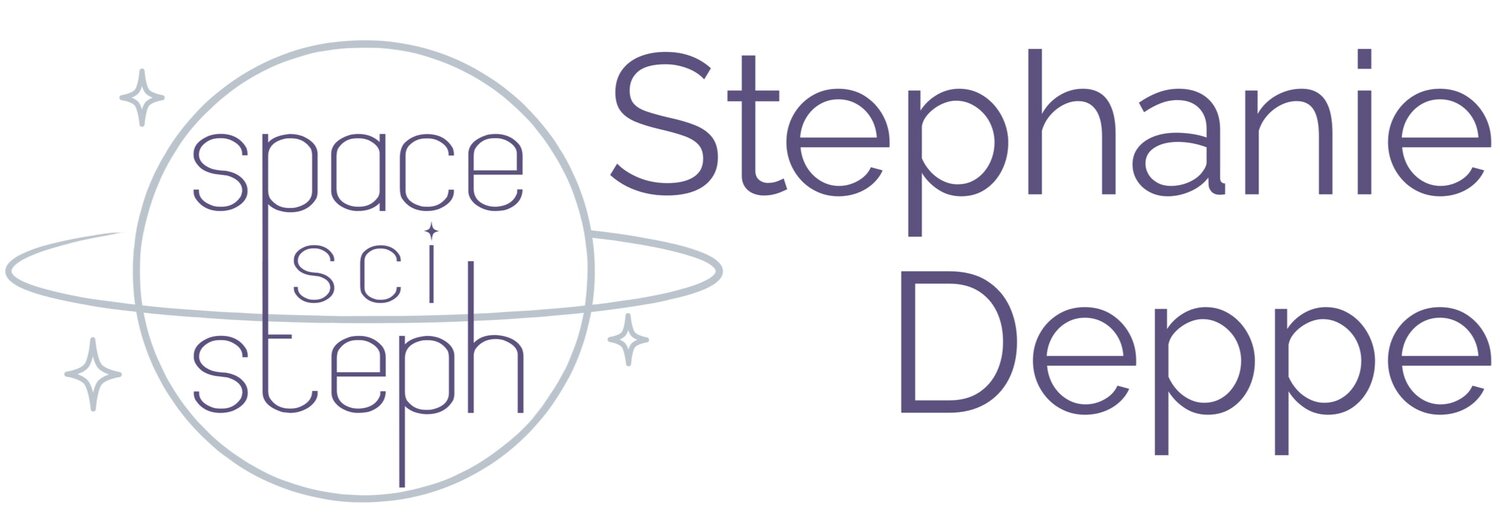The first half of our second day in Bend was spent at the Lava Lands National Park, where we toured the awesome site of a volcanic eruption dated to around 7,000 years ago. Even after all that time, there is still hardly anything living in the basalt fields! We then rode a shuttle to the rim of the volcanic cinder cone, where wildlife still existed and the huge, vast expanse of the lava field was visible. Sort of. Unfortunately, smoke from the Milli Wildfire in Sisters, OR had been blown directly over where we were. Not only did the smoke partly conceal what was surely an awesome view, but it also made it hard to breathe. We returned back to Bend to take a nice float down the Deschutes River in a tube, and then it was time to pack for our journey to the path of totality! (…that would make a great movie title!)
In the Path of Totality
The reality of the solar eclipse didn’t truly start to set in for me until the four of us officially set out from Bend on Saturday, August 19th to secure a campsite in the path of totality. I could feel my excitement building up, and that feeling didn’t go away for the subsequent few days. We wound our way through the Oregon high desert, heading north and east out of the smoke cloud emanating from the Milli Wildfire near Bend. Our destination was Hamilton, OR, in honor of my cousin’s and my last names! Unfortunately, Hamilton was quite a bit farther than we originally anticipated, so we stopped early and were fortunate enough to secure one of the last campsites at a county park near Fossil, OR.
After a full week of exploring (for my boyfriend and I) and work (for my cousin and her boyfriend), we were pretty content with relaxing and being disconnected from the busy world outside of our campsite. We spent the subsequent day and a half lying in our hammocks or chatting around the picnic table, with a short break to hike up a nearby hill and scope out our viewing spot for the eclipse. The hike was made considerably more interesting by the fact that it went through a cattle range – the cowpies were practically endless!
We were up and moving bright and early at 8am on August 21st. While the partial phase of the eclipse didn’t start until after 9am and the hike up the hill only took about 20 minutes, I couldn’t wait to get up there! Though, of course, once we were finally at our viewing spot the subsequent hour-long wait was a bit painful…but with eclipse glasses in hand, we started watching the sun for signs of the moon’s shadow.
The Eclipse
During the first third of the partial phase (about 20 minutes), there was practically no difference on Earth aside from the fact that there was a very obvious chunk of the sun missing when viewed through the eclipse glasses. Then, however, the air began to feel a bit cooler and the wind started to pick up. The changing temperature was particularly noticeable in the desert because of the lack of humidity in the air. By the final 20 minutes of the partial phase, it was becoming quite chilly and my eyes could discern a very slight darkening of the world around me. The sensation is difficult to describe – it almost felt as if something was a bit “off” with my eyes, like they weren’t quite working properly. It continued to get cooler as the moon continued to slide over the face of the sun, while the sky remained ever so slightly darker than a bright day.
The last five minutes (read: five minutes!) of the partial phase were incredible, second only to the minute and a half of totality itself. During these five minutes, we could watch the last bit of the crescent sun sliding away (through our glasses, of course). Things began to feel very eery as the world prepared for sunset at 10:30am – in those moments, I completely understood why solar eclipses have the reputation they do in ancient stories. It must have been terrifying to witness the sky darken and the sun blink out in the middle of the day! The sky quickly grew noticeably darker as the temperature continued to drop. In the last moments before totality, we easily spotted Venus shining brightly overhead. I put on my glasses one last time to watch the last sliver of the sun disappear…
The scene that met my eyes when I removed my glasses is burned forever into my memory. The sky had taken on a bluish-black color characteristic of late evening, while the reds and oranges of sunset were visible around the full 360 degrees of the horizon. But most amazing of all was the sun – it was covered completely by the impossibly black disk of the moon, leaving the white, wispy corona to shine brilliantly in a beautiful halo against the blue-black sky. I couldn’t take my eyes away from it.



